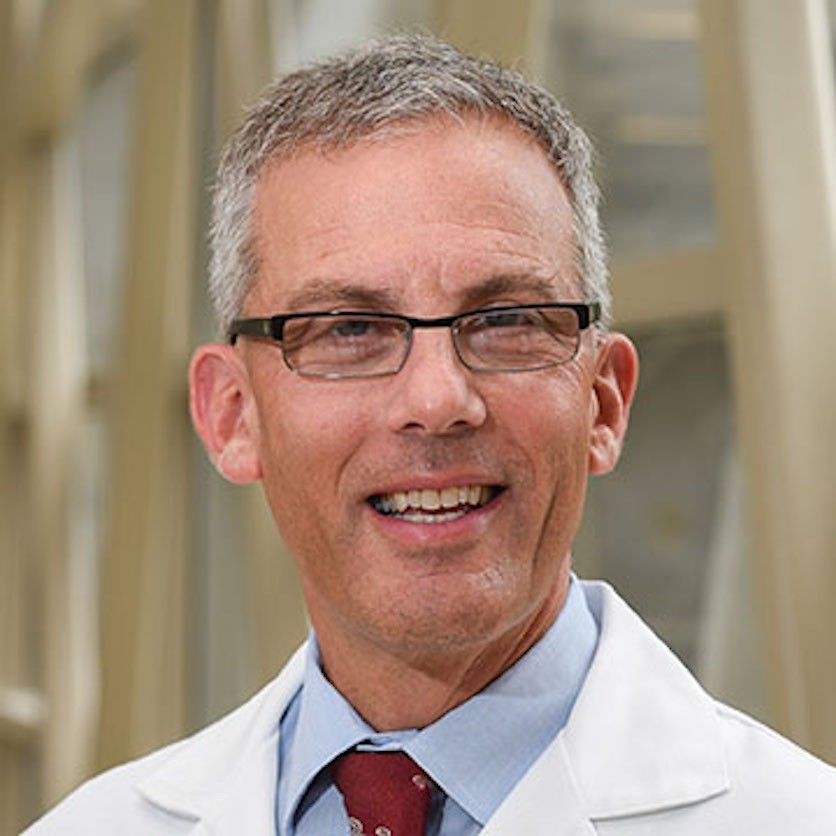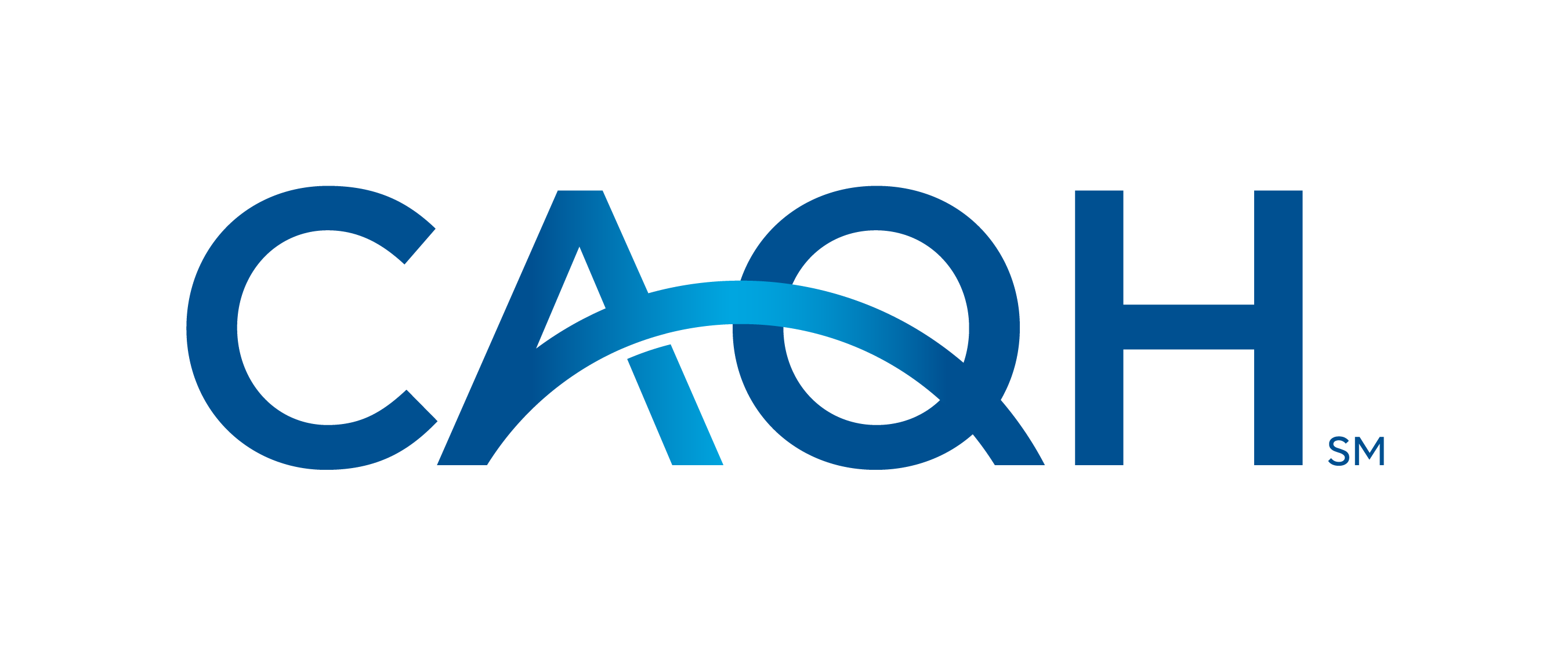Publication
Article
Evidence-Based Oncology
Oncology Medical Home Ready for Wider Use in Practices, Panelists Say
Author(s):
Coverage from the Greater Philadelphia Business Coalition on Health (GPBCH) daylong Oncology Management Summit, held April 4, 2023.
After a decade of development and a 2-year pilot, the Oncology Medical Home (OMH) certification is ready for deployment, which could give payers and providers alike a long-awaited framework to standardize ongoing care transformation.
The OMH, a joint project of the American Society of Clinical Oncology (ASCO) and the Community Oncology Alliance (COA), is concluding its pilot phase across 12 sites—including both academic and community oncology practices. According to Stephen S. Grubbs, MD, FASCO, vice president of the
Grubbs

Clinical Affairs Department at ASCO, the OMH will be presented during a session at the 2023 ASCO Annual Meeting before it converts to a program available to other practices in July 2023.
Grubbs, a former community oncologist from Newark, Delaware, offered an update on the OMH on April 4 at the Greater Philadelphia Business Coalition on Health (GPBCH) during a daylong Oncology Management Summit. Joining Grubbs for the discussion were:
- Bo Gamble, director of strategic practice initiatives, COA;
- Ronda Bowman, MHA, RN, OCN, senior director for care delivery, ASCO; and
- Andrew Chapman, DO, FACP, director of Sidney Kimmel Cancer Center (SKCC) and executive vice president, Oncology Services, Jefferson Health. Jefferson was among the 12 participants in the OMH pilot.
The OMH grows out of the same body of work that produced the COME HOME initiative and the Oncology Care Model (OCM),1,2 which began with the desire for an oncology-focused patient-centered medical home model as defined by the Agency for Healthcare Research and Quality.3 Attributes under this model, which began in pediatrics, include being patient centered; offering comprehensive, coordinated care; being accessible 24/7 for urgent needs; and putting a focus on patient safety.
Developers of the OMH also wanted to address a need long expressed by oncologists: Many have said they want to move away from fee-for-service reimbursement toward value-based care, but operating multiple payment models at the same time is too burdensome.
Instead, the OMH certifies practices that can show they meet 17 medical home standards and 22 safety standards across 7 different domains: patient engagement, availability and access to care, use of evidence-based medicine, equitable and team-based care, continuous quality improvement, end-of-life discussions/goals of care, and chemotherapy safety. The idea is that an OMH certification will become a universal standard that payers will recognize for reimbursement.
“You’re not going to have different standards with different payers around the country,” Grubbs explained. What will be standard is the delivery platform, he said. “We want to do the best we can on cost control. And we want to be transparent.”
The domains and standards were first spelled out in July 2021 and published in the Journal of Clinical Oncology, with the pilot beginning that same month.4 Over the next year, Gamble, Bowman, and others visited sites for a series of measures and compliance checks. The first certification awards were granted in July 2022, with assessments continuing through this year. The OMH also engaged with 2 payers during the pilot phase.
Grubbs said once the OMH is up and running, practices that join will have a year to become certified, and they must be recertified every 3 years.
Built for medical oncology. The OMH requires practices to show they have policies in place, and then asks them to demonstrate how those policies are being used in day-to-day care delivery. OMH makes use of electronic health records to monitor quality and asks practices to monitor when patients are treated off clinical pathways, Grubbs said; practices should review why the patient is off pathway, although “we don’t expect every patient will fit on a pathway.”
“That’s part of our continuous quality improvement,” he said.
ASCO, Grubbs pointed out, is developing better quality measures that can be captured electronically, which will aid practices in this area. He noted that the OMH will examine health equity, both within the practice and the community.
“I want to emphasize, this is built for medical oncology,” Grubbs said, but it can be expanded for radiation oncology.
Gamble

“Show me.” Gamble highlighted the OMH’s emphasis on requiring that a practice or facility demonstrate that it is meeting standards to the ASCO/COA team through an audit process. “Show me,” he said, explaining that the OMH spends considerable time on the chemotherapy safety process. But the focus, he added, is not on punishment—it is on helping practices improve.
A patient satisfaction survey, for example, must be shared with physicians and discussed. “What are we doing to improve in these areas?” Gamble asked.
He described the “light bulb” that goes off as practices address areas of weakness. “They become proud and excited about what they’re doing, because now they can prove it to the rest of the world.”
Clinical pathways and savings. Chapman described how SKCC had taken part in other quality improvement efforts, including the OCM, but joining the OMH pilot offered a chance for “transformation of the health system.”
Chapman

“This enabled us to build on all of the work that we had previously done,” Chapman said. It allowed SKCC to take the ASCO and COA standards, including those for quality and safety, “and deploy that across the health system. So we took it from the academic medical center and pushed it with those teams across the 18 hospitals.”
“This year…we’ve done a lot of work in supportive medicine and specifically in mental health care,” Chapman said. “And…commercial payers are very interested in the work that we’ve done because we’ve been able to show significant impact in terms of readmissions and in terms of utilization of services, appropriate utilization of services.”
Use of clinical pathways has been a success story at Jefferson. “We decreased the average cost of drugs by 10%,” he said. “And over each year, for the past 3 years, that’s resulted in about $3 million in cost savings. So just by having evidence-based pathways, which all of our providers have gone into as this is the highest-quality care—again, given the caveat that it’s not 100% applicable––…we’ve been able to take significant dollars out of cancer care delivery.”
At the time of the GPBCH session, many practices were wrestling with what to do about the Enhancing Oncology Model. Although he noted that a “brilliant” feature of the OMH is that it works equally well for academic centers and community practices, Chapman acknowledged that “this is about all practices, all sizes, all different locations,” he said. “There’s no one that can’t do this—that’s really the point.”
Opportunities for improvement. Like Gamble, Bowman emphasized how the OMH required the participants to bring the standards to life. “What has been a differentiator for these 12 practices is that they’ve taken these standards and have truly put them in place.”
Bowman

Visiting practices allowed the ASCO/COA team to interact with the practices and educate physicians on practice transformation, she said. “All the practices had something to work on. And these are practices that are high level—they’re doing a great job. But from an objective point of view, there were still opportunities for improvement—how to close gaps in advanced care planning, or end-of-life conversations. All the practices took that opportunity to meet all the standards.”
“What’s different about the program [is that] it’s not a one and done,” Bowman said. “We have relationships with these practices; we meet with them on a regular basis, we’re looking at ongoing assessment, improvement, sustainability…. Now they really have the spirit of continuous quality improvement.”
References
- The COME HOME model. Come Home Program. Accessed May 16, 2023. http://www.comehomeprogram.com/index.php/come-home-practices/
- Oncology Care Model. Center for Medicare & Medicaid Innovation. Updated November 18, 2022. Accessed May 16, 2023. https://innovation.cms.gov/innovation-models/oncology-care
- Patient centered medical home. Agency for Healthcare Research and Quality. Updated August 2022. Accessed May 16, 2023. https://www.ahrq.gov/ncepcr/research/care-coordination/pcmh/index.html
- Woofter K, Kennedy EB, Adelson K, et al. Oncology Medical Home: ASCO and COA standards. JCO Oncol Pract. 2021;17(8):475-492. doi:10.1200/OP.21.00167






